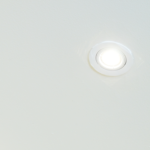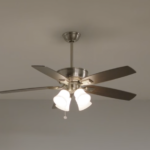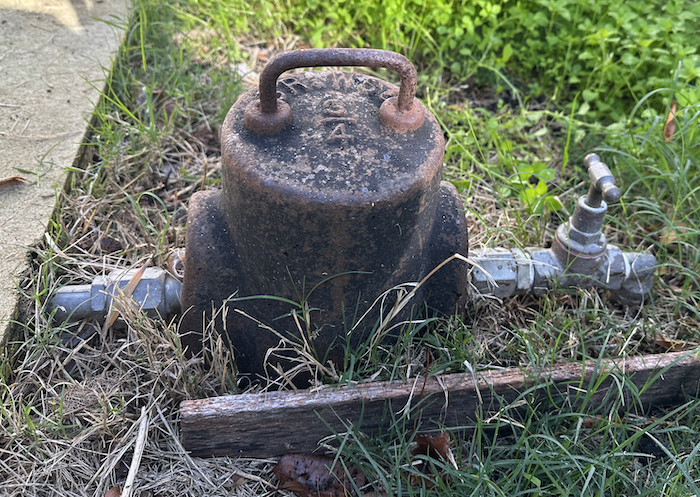
Help I need to find my water meter – but I’m not sure where it is located, or what to look for! We have collected a comprehensive gallery of different water meters in Melbourne.
Locating your Water Meter
If you need to locate the water main on your property, it’s likely that it is located near the front boundary. Typically, the water meter is situated on one side of your property and can be identified by an oblong cover with dimensions similar to a loaf of bread.
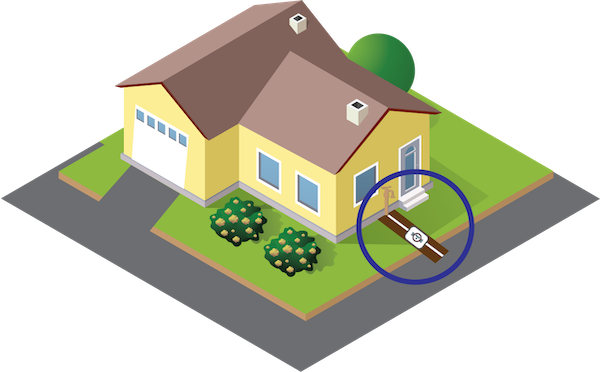
It’s worth noting that newer meters are usually covered by dark green plastic lids while older ones may have concrete covers. To gain access to the meter for readings or maintenance purposes, you will need to lift this lid which can sometimes be challenging and require a tool such as a screwdriver inserted down one side before lifting it up carefully.
Ensuring easy access to your water meter is crucial in both urban and semi-urban areas. If you do find it buried, it’s important to dig it free so that workers can easily read it every quarter and accurately bill you for your usage.



Failing to provide easy access could result in an estimated bill that might overcharge you for your consumption. In cases where the water meter is difficult to locate, contact your local council who can provide directions on how to locate and read the meter. In rural areas, self-reading may be necessary, making knowledge of how to find and use the meter all the more important.
Always be proactive about ensuring proper maintenance of your water supply by keeping an eye on access points like meters – small steps like these ensure a smoother flow for everyone involved.
Caring for your Water Meter
In order to assist the meter readers, it’s essential to keep your meter box free of any obstructions that might hinder access. This includes moving plants and weeds, boxes, yard waste, parked vehicles, and even rubbish or recycling.


Do not to install fences, trees or shrubs that could limit accessibility for a technician. If there are any obstacles in the way of your meter box, they may have to be removed. Meter boxes often become filled with debris such as dirt and leaves due to their placement below ground level.
Fortunately, clearing this away before our technicians arrive isn’t necessary as they can easily do so themselves if required. However, if you prefer to clear away the debris yourself beforehand; please use gloves rather than a shovel which could damage your water line. A small garden trowel can be used if necessary but it’s best done by hand once loosened up. By keeping these areas accessible you can ensure accurate readings and avoid potential hazards or disruptions for your water.
Help, I can’t find my Water Meter
Water meters are typically installed either inside or outside the property. When located indoors, these meters are often found under sinks or in cupboards near bathrooms. If you’re having trouble locating your water meter within your home, check behind toilets – there’s a good chance it could be hiding there!
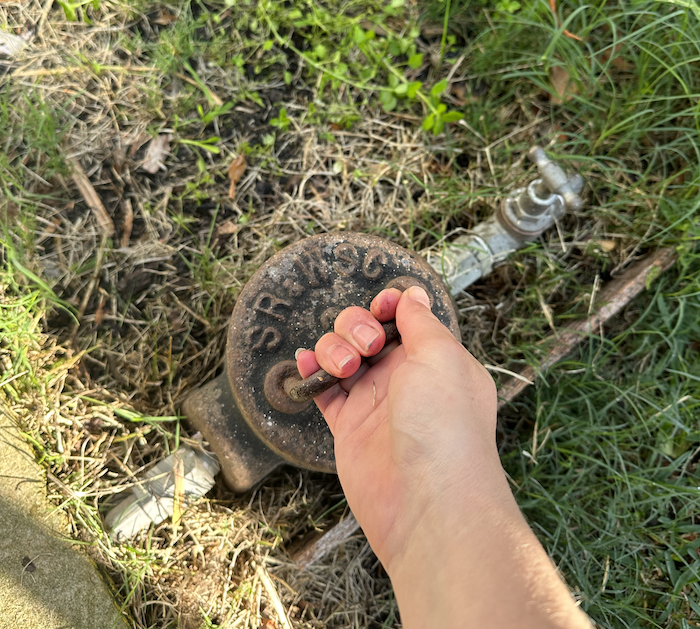

External meters, on the other hand, can usually be found right outside a property and may be situated in an underground chamber with a lid for easy access.
Knowing where your water meter is located is important for monitoring usage and ensuring that you’re paying accurate bills each month.
Why is my water bill so high?
It’s important to check your water meter reading regularly. If your water supplier, eg South East Water, can’t access your water meter, they normally pop a postcard in your letter box asking you to send a photo of the reading for them. If you don’t do that, then they will make an estimated guess based on past usage, which could be inaccurate and result in overpaying or underpaying for your water usage.
Have you noticed a spike in your water bill lately? There are many reasons why this might happen, from watering plants during hot weather to having more guests using the bathrooms and showers in your home.
To save money on your bill while conserving precious resources, try some simple techniques to reduce water usage. Check for leaks around the house and repair any leaky taps immediately – even just one of these can lead to savings of up to 20,000 litres per year!
How do I check if I have a water leak?
If you’re concerned about potential leaks in your water system, start by finding your water meter.
Once you’ve located it, look for the leak indicator – this could be a triangular-shaped dial or a silver wheel that rotates when water is flowing through the meter, depending on the brand of your meter.
If you notice that the indicator is moving at any time when water isn’t actively being used in your home or business, it’s likely that there’s a leak present somewhere in your system and further investigation will be necessary to identify and fix it.
What do I do if there is a leak?
When it comes to plumbing issues, an underground leak is one of the most difficult problems to detect and resolve. This type of leak usually occurs in the pipes that run between your meter box and your home, making it challenging to identify and locate the source of the problem.
If you suspect that you have an underground leak, do not attempt to fix it yourself. Instead, call a professional plumber immediately and turn off your water meter as soon as possible.
Attempting DIY repairs can lead to further damage to your property or even endanger its foundation – so be sure not to take any unnecessary risks.
Remember: when dealing with complex plumbing issues like these, always rely on qualified professionals who have both experience and expertise in repairing leaks quickly and effectively.
How to read your water meter
There are several types of water meters. Some have a mix of black and red numbers. Some just have black.
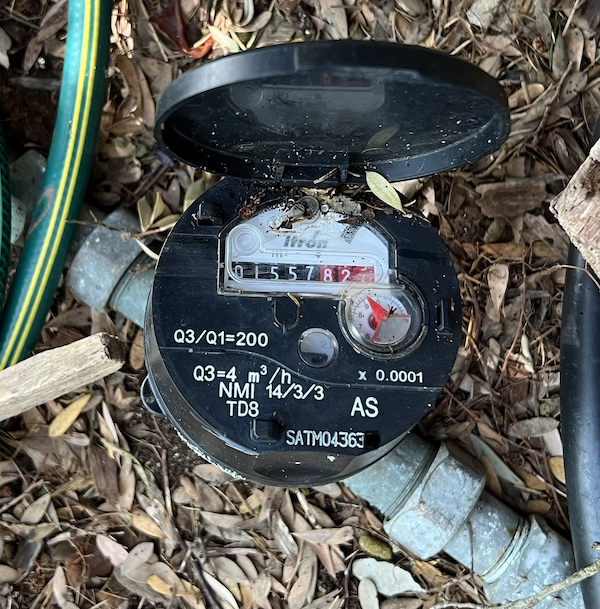

When you look at your meter face, you’ll find two sets of numbers – black on the left and red on the right. The black numbers represent cubic meters used, while the red ones and dials show litres. To submit a meter reading accurately, it’s essential to only read the black numbers and ignore any red numbers. Remember that one cubic meter equals 1,000 litres to ensure an accurate reading is recorded for your usage.

Just black numbers. You refer to the black numbers from left to right on the meter.
What do the numbers on my water meter mean?
By reading your water meter and paying attention to the numbers from left to right, you can identify which appliances and activities in your household use the most water. Kilolitres (1000 litres) are represented by black numbers, while red numbers represent litres.
For accurate readings, it’s best to read your meter at around the same time each day. This information can help you make informed decisions about how to conserve water usage in your home and reduce unnecessary expenses on this precious resource.




